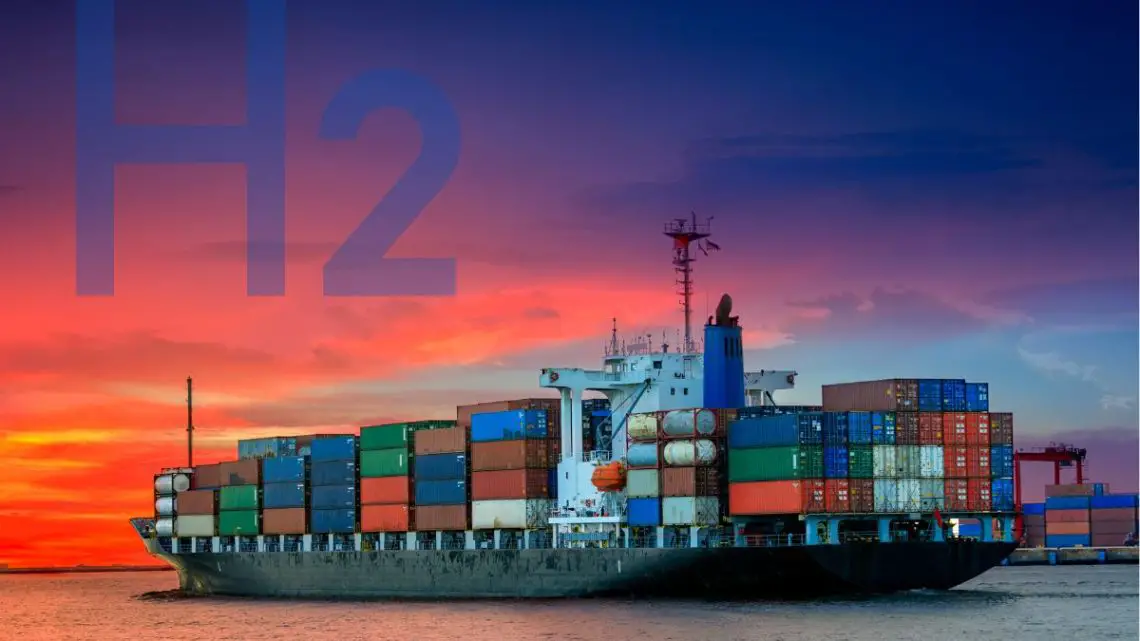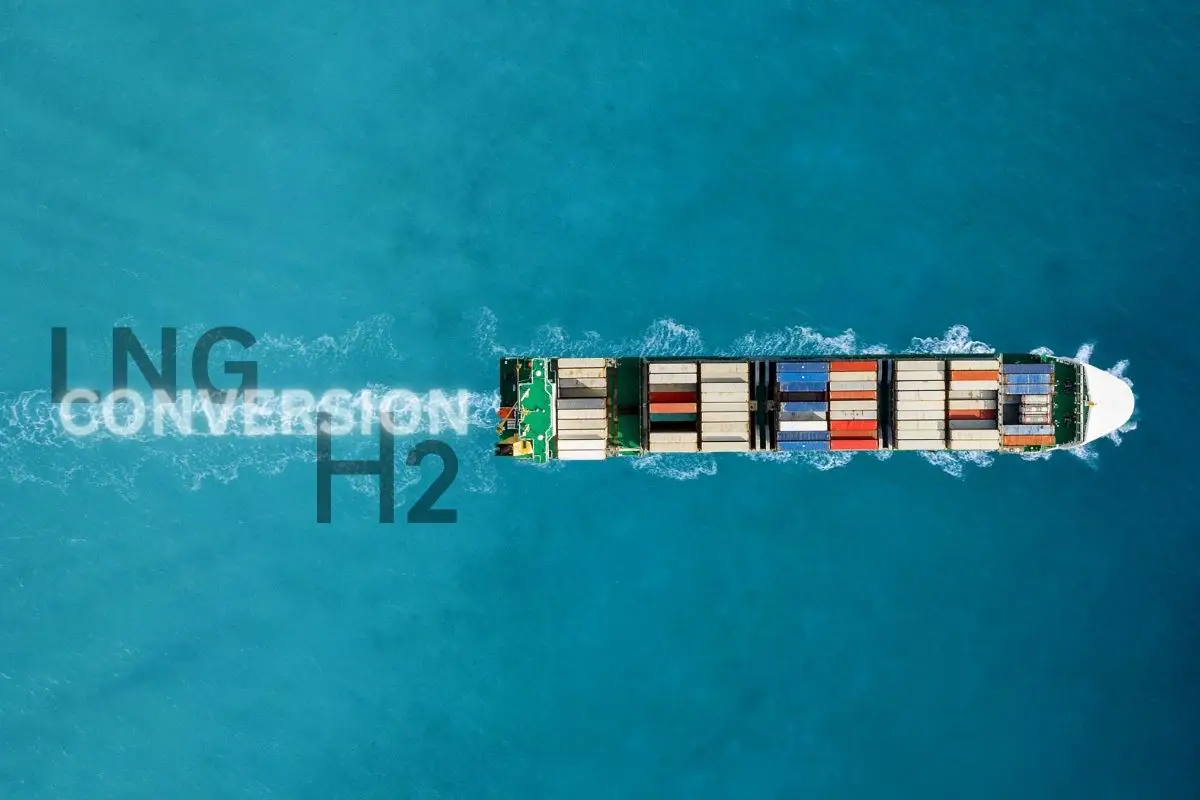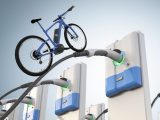
Norway is investigating massive hydrogen cargo ship possibilities
June 19, 2024A new project aims to retrofit a huge LNG vessel with H2 fuel cells
Norway has focused on a new hydrogen cargo ship conversion project and is funding the effort, which will take an existing LNG-powered multipurpose vessel and retrofit it to operate on the power from fuel cells.
The funding will come from the Norwegian government’s ENOVA fund
ENOVA is intended to support initiatives created to accelerate decarbonization in the country. It will be providing funding to the companies behind this hydrogen cargo ship, including Samskip, TECO 2030, and Blom Maritime. The funding will be used right from the start of the project, including the development of the conversion plans.
The project itself will involve the use of the Samskip Kvitnos vessel, which was built by Samskip back in 2015. The Kvitnos is based in Rotterdam and travels north along the Norwegian coast. It travels as far as Hammerfest. It is a 4,900 dwt RoRo multipurpose vessel.
Converting the hydrogen cargo ship currently powered by liquified natural gas (LNG)
“With the delivery of our LNG-propelled multipurpose vessels back in 2015, Samskip already offered one of the world’s most environmentally friendly cargo ships,” said Saskip Regional Director for Norway and Sweden, Are Grathen. “With this grant from Enova, and in close cooperation with fuel cell provider TECO 2030, we will continue our endeavor to enable full zero-emission propulsion which in turn will further pave the way for our H2-propelled newbuilds coming out next year and bring us closer to our net-zero targets for 2040.”

The purpose of this particular project is to create the designs for the conversion and then look into the feasibility of converting LNG-powered cargo ships into vessels powered by hydrogen fuel cells instead.
About more than converting the vessel
 Beyond developing the designs for the conversion of the LNG-powered vessel into a hydrogen cargo ship, this project is also about the information that will be learned throughout this process and in the feasibility study that follow the development of the design.
Beyond developing the designs for the conversion of the LNG-powered vessel into a hydrogen cargo ship, this project is also about the information that will be learned throughout this process and in the feasibility study that follow the development of the design.
It is also meant to help facilitate supply contracts for H2 over the longer term, based on vessels that travel along fixed routes on the cost of Norway.



 With over 15 years of reporting hydrogen news, we are your premier source for the latest updates and insights in hydrogen and renewable energy.
With over 15 years of reporting hydrogen news, we are your premier source for the latest updates and insights in hydrogen and renewable energy.
Well done Norway! Each step along the path of securing a hydrogen economy makes the world a safer place for generations to come. There is no good engineering reason why all transportation industries can not replace the use of fossil fuels before the end of this century with hydrogen. The technology is readily available and the energy savings for all countries will be amazing after the conversion is completed. Please read my previous comments in Hydrogen Fuel News. The steps have clearly been outlined to follow and many are now being implemented.
Energy for the world, endless energy and climate warming solved.